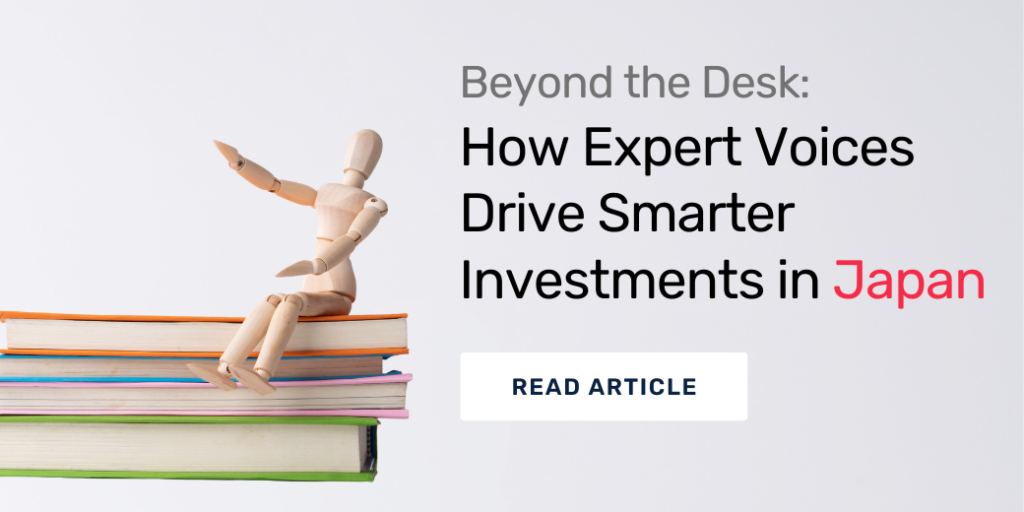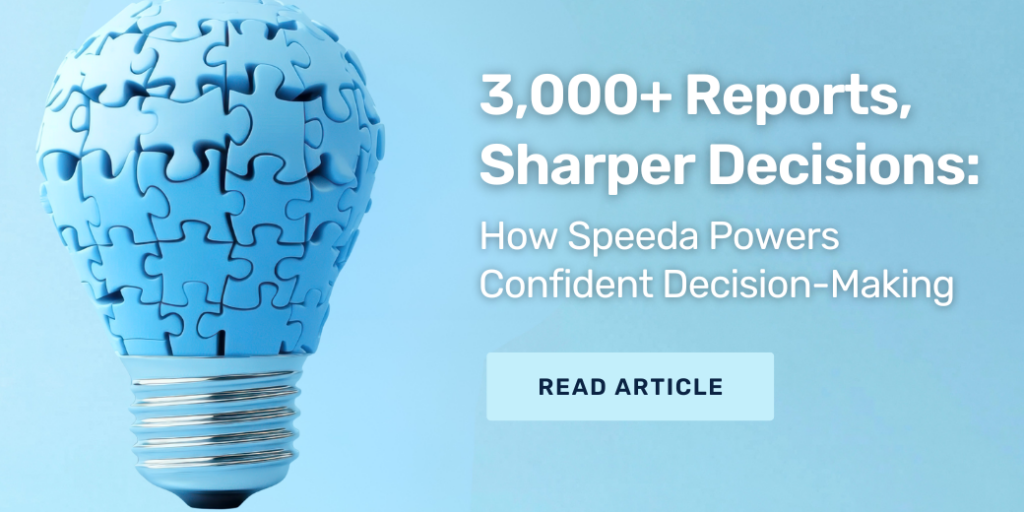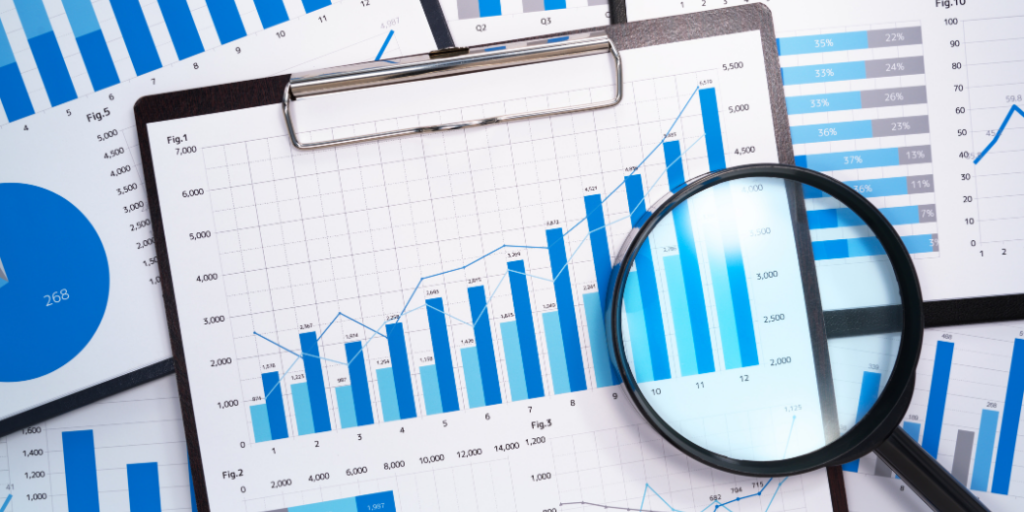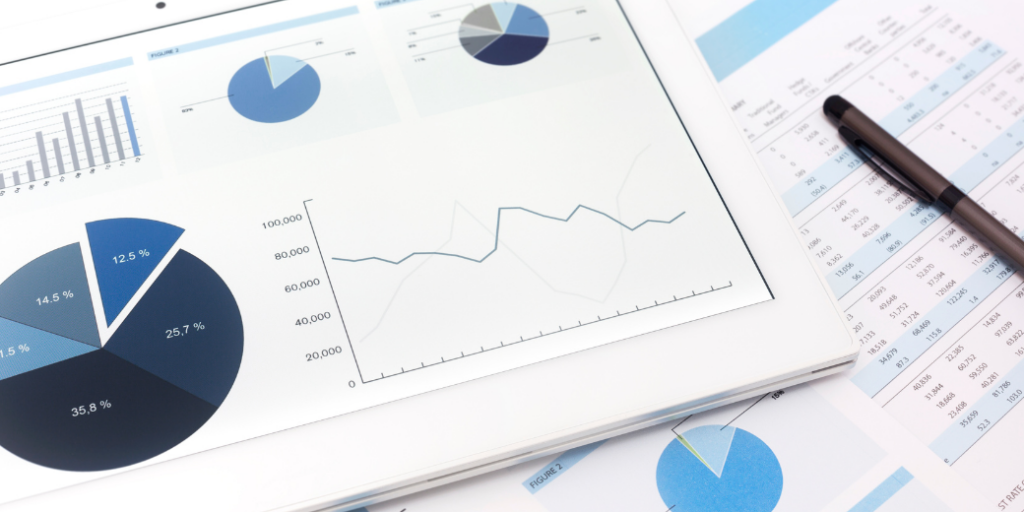Resource Center
Benchmarking for M&A

Why Benchmarking is the Bedrock of Effective M&A
In the world of mergers and acquisitions (M&A), benchmarking isn’t just a useful exercise—it’s a strategic imperative. For financial professionals such as investment teams, private equity (PE), and venture capital (VC) firms, robust benchmarking practices ensure deals are not only faster but smarter.
Benchmarking provides critical context when screening targets, setting valuations, or determining deal feasibility. Without a clear understanding of how a target compares to industry peers—both locally and regionally—M&A professionals risk misallocating capital, overpaying, or missing red flags entirely.
In fast-evolving markets such as Southeast Asia, where data transparency varies and private company financials are often hard to access, effective benchmarking can mean the difference between a successful acquisition and a costly mistake.
Benchmarking Accelerates Target Screening
| Making go/no-go decisions quickly
At the earliest stages of an M&A deal, benchmarking helps teams answer one key question: Is this company worth our time?
By comparing a potential target’s financials, growth trajectory, or margins to peer averages or top performers in the same sector, deal teams can rapidly triage opportunities. This allows them to prioritise high-potential targets while shelving those that fail to meet core investment criteria.
For PE/VC professionals, this speed is especially critical. Competitive deal environments mean windows of opportunity are tight, and the faster you can move through initial screening, the higher your chances of winning quality deals.
| Filtering based on strategic fit
Benchmarking isn’t just about financials. Analysts also assess operational scale, market positioning, and sector dynamics. For example, a fintech firm in Vietnam may appear promising on the surface—but how is its growth rate, customer acquisition cost, or product innovation compared to competitors in Thailand, Indonesia, or Singapore? Only benchmarking can answer that with confidence.
Benchmarking Anchors Valuation with Accurate Comparables
| Valuation multiples must be contextual
Valuation in M&A is never just about the numbers—it’s about contextualising those numbers. A company generating $10 million in revenue may be worth vastly different amounts depending on sector norms, profitability, and regional market conditions.
Benchmarking provides the necessary comparables for setting accurate, defendable valuation multiples. This is crucial in negotiations, especially when sellers are armed with inflated expectations or when internal stakeholders require a solid basis for pricing.
| Avoiding valuation traps
One of the biggest risks in Southeast Asian M&A is the lack of standardised financial reporting across private companies. Without reliable benchmarking, firms can fall into the trap of applying global valuation models to highly localised businesses—leading to overvaluation and poor post-deal performance.
By benchmarking targets against similar companies in the same region, language, and regulatory environment, M&A teams can fine-tune valuation models to reflect the real dynamics on the ground.
Common Benchmarking Challenges in Southeast Asia
| Data scarcity and lack of standardisation
The primary hurdle in Southeast Asia is limited access to reliable private company data. Many companies do not disclose full financials, or if they do, filings are in local languages and follow non-standard accounting frameworks.
This makes apples-to-apples comparison difficult, even across companies within the same country—let alone across borders.
| Fragmented markets and cross-border complexity
Unlike more integrated markets like the EU or US, Southeast Asia is a patchwork of economies, each with its own rules, market dynamics, and cultural norms. Benchmarking a logistics company in Malaysia versus one in Indonesia involves more than just adjusting for currency—it requires deep local insight. For firms conducting regional M&A, the ability to benchmark across ASEAN countries with confidence is both critical and complex.
| Slow research cycles
Many M&A teams still rely on manual desktop research or outdated databases to compile benchmarking data. This process is slow, resource-intensive, and often yields incomplete results—wasting precious deal-making time.
Streamlining Benchmarking With Data Platforms
| Integrated intelligence enables speed and scale
In today’s M&A environment, benchmarking can no longer rely solely on manual research or siloed spreadsheets. Modern data platforms are increasingly bridging this gap by offering integrated access to private company financials, industry trends, deal comparables, and macroeconomic data—all through a single interface.
By consolidating diverse data sources into one ecosystem, these platforms significantly reduce the time spent on basic information gathering. Analysts can move efficiently from target screening to valuation modelling without switching tools or chasing down missing details. This not only accelerates deal timelines but also improves accuracy and consistency across the process.
| Unlocking deeper insights into private markets
One of the most significant challenges in Southeast Asian M&A is the opacity of private company data. Unlike public markets, where disclosures are standardised and widely available, private firms vary in transparency, especially in emerging economies.
Modern platforms mitigate this by aggregating government filings, proprietary research, and regional datasets to provide a clearer view of private market dynamics. This includes critical metrics such as revenue trends, profitability ratios, shareholder structures, and growth benchmarks—key inputs for effective deal evaluation.
This capability is particularly valuable for professionals benchmarking companies across ASEAN, where accounting practices, disclosure norms, and regulatory standards differ widely between countries.
| Comparables and deal intelligence for context
Beyond company-level data, benchmarking requires access to recent transactions and peer deals. Many platforms now offer comprehensive deal databases, allowing users to search M&A and fundraising activity by sector, geography, size, and valuation metrics.
This facilitates side-by-side analysis of targets against comparable deals—providing essential context for price setting, exit planning, and risk assessment. Whether assessing a cross-border fintech acquisition or a mid-market manufacturing deal, access to structured transaction data enables more grounded decision-making.
The Impacts of Efficient Benchmarking
| Faster, data-driven decision making
When benchmarking is streamlined, the entire deal cycle benefits. M&A professionals can:
- Screen targets faster, avoiding wasted time on unqualified opportunities
- Perform accurate valuations grounded in localised, comparable data
- Justify decisions to investment committees with clear benchmarking evidence
- Negotiate better, backed by credible deal and peer data
This not only improves internal efficiency but also strengthens competitive positioning in high-stakes deal environments.
| Lower risk, higher success rate
Benchmarking helps uncover red flags—such as outlier expenses, flatlining growth, or below-average margins—that might otherwise be missed during early due diligence. By integrating benchmarking early and often in the deal process, teams significantly reduce the likelihood of post-deal surprises.
Speeda: Powering M&A Teams Across Southeast Asia
For financial professionals navigating the fast-paced and opaque markets of Southeast Asia, Speeda is more than just a data platform—it’s a strategic enabler.
By bringing together the widest coverage of Asian private company data, proprietary industry reports, M&A comparables, and customised analyst support, Speeda helps you benchmark smarter, faster, and with greater confidence.
✔ Accelerate deal screening
✔ Refine your valuation strategy
✔ Make better-informed investment decisions
Sign up for a Demo call and give your M&A process the benchmarking advantage it needs.



























